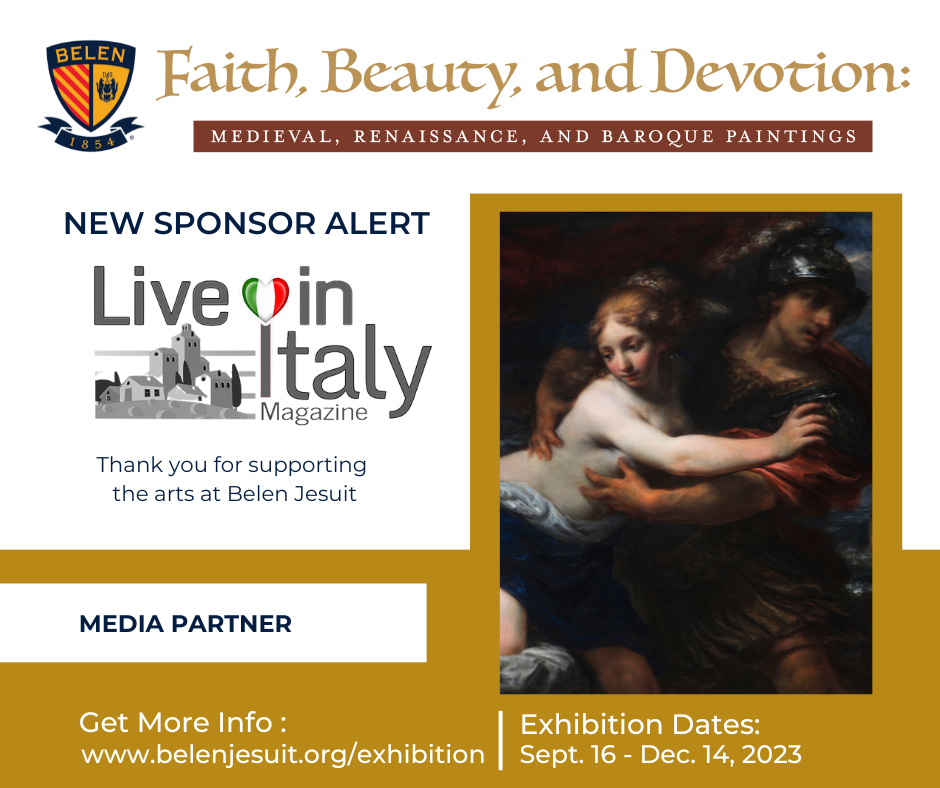It feels like it was only yesterday that the International Art Exhibition of La Biennale di Venezia took place. But alas, it has indeed been two years since the last edition, and it is now time for Biennale Arte 2024 (or Venice Art Biennale). And as usual, it will be a celebration of art across the canal city.
From 20 April to 23 November, 2024, the 60th Venice Biennale will feature “Foreigners Everywhere – Stranieri Ovunque“. The main exhibition, taking place in Giardini and the Arsenale, is curated by Adriano Pedrosa. There will also be the national pavilions of course, as well as an array of special projects and collateral events.
When it comes to special projects, at the Austrian armoury (Polveriera austriaca) inside Forte Marghera in Mestre, you can see the ten innovative ceramic sculptures by the Italian artist Nedda Guidi (1927-2015). In Sale d’Armi’s Applied Arts Pavilion in the Arsenale, Brazilian artist Beatriz Milhazes (b. 1960) will present seven large-scale paintings and seven collages. The artist is known for her work that overlays the Brazilian cultural imagination with references to western modernist painting.
A total of 30 collateral events admitted by the curator will also take place around the city of Venice. A great excuse to escape the crowds at rush hour, if you ask me. From these, I would recommend the “Ernest Pignon-Ernest: Je Est Un Autre” at the Espace Louis Vuitton, “Ewa Juszkiewicz: Locks With Leaves And Swelling Buds” at Palazzo Cavanis, “Peter Hujar: Portraits in Life and Death” at the Santa Maria della Pietà church, and “Yuan Goang-Ming: Everyday War” at Palazzo delle Prigioni.
Inaugurated in the last edition of the Venice Biennale, the Biennale College Arte project returns. Four artists to receive a 25,000 euro grant and to be presented in the 60th International Art Exhibition, albeit out of competition. In 2024, these artists are Agnes Questionmark, Joyce Joumaa, Sandra Poulson, and Nazira Karimi. Over 150 young emerging artists under 30 from 37 countries around the world joined the call for participation.
Last but not least before we dive into the main parts of Venice Biennale 2024 – the Golden Lions for Lifetime Achievement. This year, they are going to the Italian-born Brazilian artist Anna Maria Maiolino and the Paris-based Turkish artist Nil Yalter. The awards will be awarded on 20 April, 2024 at Ca’ Giustinian, the headquarters of La Biennale di Venezia.
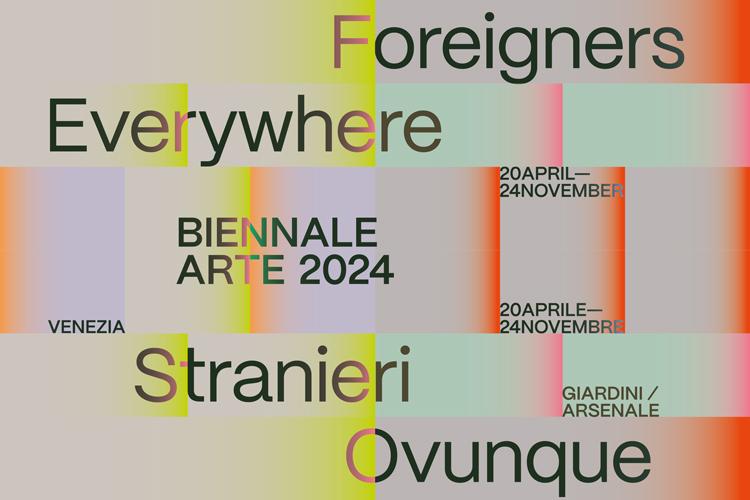
Venice Biennale 2024 – Foreigners Everywhere
Curating one of the world’s biggest events in visual art certainly is a daunting task – not helped by the long history and rich legacy of all that have come and done it before. But so far, curator Adriano Pedrosa seems to be more than ready to fill those pretty big shoes.
Currently the director of the São Paulo Museum of Art, Pedrosa is the first curator from South America – and the first openly queer one – to lead the Venice Art Biennale.
The title of his exhibition is “Stranieri Ovunque – Foreigners Everywhere”, coming from a 2004 series of works started by the Paris-born and Palermo-based Claire Fontaine collective. In these works, we see differently-colored neon sculptures writing out “Foreigners Everywhere” in some 53 languages, including indigenous and extinct ones. That phrase, in turn, comes from the name of a Turin collective from the early 2000s, which fought xenophobia and racism in Italy.
You will be able to see these works at the Biennale Arte this year, as a new, large-scale installation in the iconic Gaggiandre shipyards in the Arsenale.
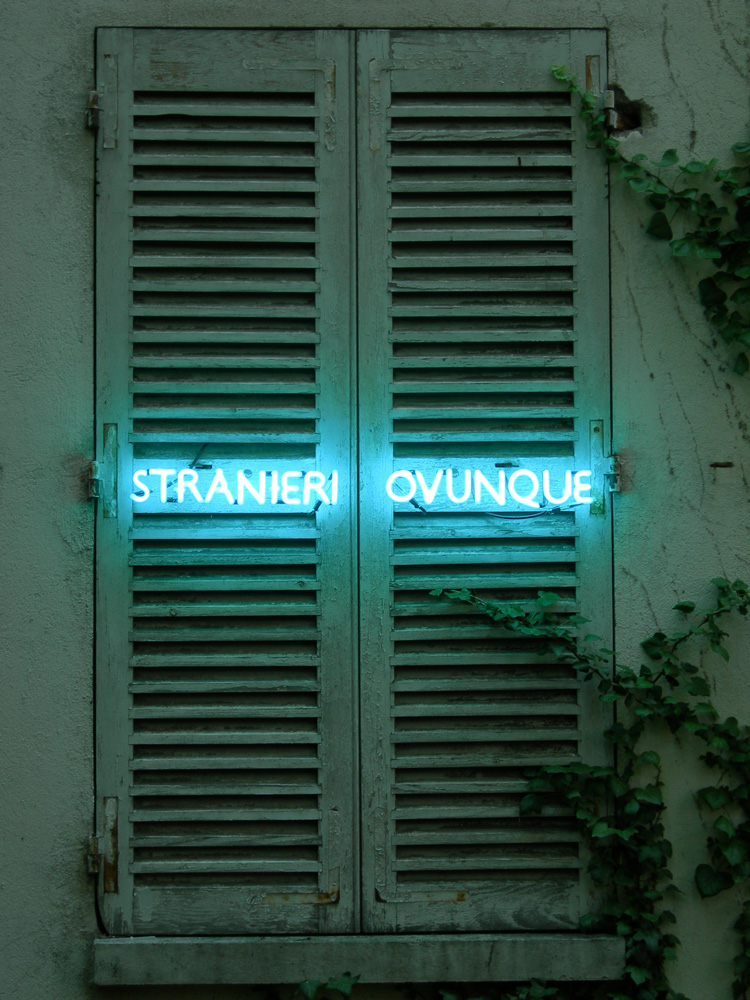
Adriano Pedrosa explains:
“The expression ‘Stranieri Ovunque’ has several meanings. First of all, that wherever you go and wherever you are you will always encounter foreigners— they/we are everywhere.
Secondly, that no matter where you find yourself, you are always truly, and deep down inside, a foreigner.”
The curator goes on to say that this phrase particularly holds true in Venice, a city with rich refugee and commerce history, a place now visited by thousands of tourists daily.
Pedrosa adds:
“Artists have always traveled and moved about, under various circumstances, through cities, countries and continents, something that has only accelerated since the late 20th century—ironically a period marked by increasing restrictions regarding the dislocation or displacement of people.
The Biennale Arte 2024’s primary focus is thus artists who are themselves foreigners, immigrants, expatriates, diasporic, émigrés, exiled, or refugees—particularly those who have moved between the Global South and the Global North. Migration and decolonization are key themes here.”
And so, the exhibition itself will be divided into two sections this time: the Nucleo Contemporaneo and the Nucleo Storico, spread between the Central Pavilion (Giardini) and the Arsenale.
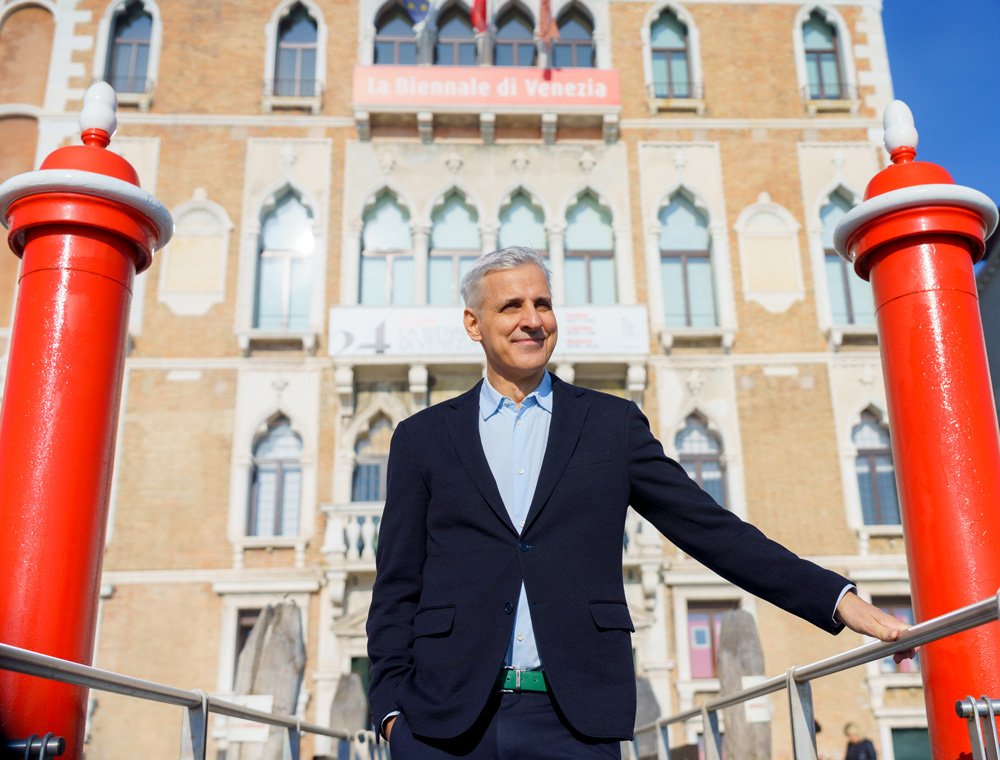
Nucleo Contemporaneo
In the “contemporary” part of the “Foreigners Everywhere” exhibition, Adriano Pedrosa explores the etymology of the word “strange”, the positive and negative aspects of it, how the word relates to oneself, but also to the world around oneself.
“Nucleo contemporaneo” thus focuses on the production of some 330 artists who are strange, queer, outsiders, indigenous, self-taught, out of the box in any and every way.
The queer artist, “who has moved within different sexualities and genders, often being persecuted or outlawed.” They appear throughout the exhibition, and are also the subject of a large section in the Corderie, which gathers works by artists from Canada, China, India, Mexico, Pakistan, the Philippines, South Africa, and the USA, and one devoted to queer abstraction in the Central Pavilion, with works by artists from China, Italy, and the Philippines.
The outsider artist, “who is located at the margins of the art world.” Here we have three European female outsider artists: Madge Gill from the United Kingdom, Anna Zemánková from the Czech Republic, and Aloïse from Switzerland.
The indigenous artist, “frequently treated as a foreigner in his or her own land.” They have an emblematic presence in the International Exhibition, and their work greets the public in the Central Pavilion, where the Makhu collective from Brazil will paint a monumental mural on the building’s façade, and in the Corderie in the Arsenale, where the Maataho collective from Aotearoa—New Zealand will present a large-scale installation in the first room, two other iconic locales in the exhibition.
The Nucleo Contemporaneo will feature a special section in the Corderie devoted to the Disobedience Archive. A project by Marco Scotini, it has been developing a video archive focusing on the relationships between artistic practices and activism since 2005. This section will include works by 39 artists and collectives made between 1975 and 2023.
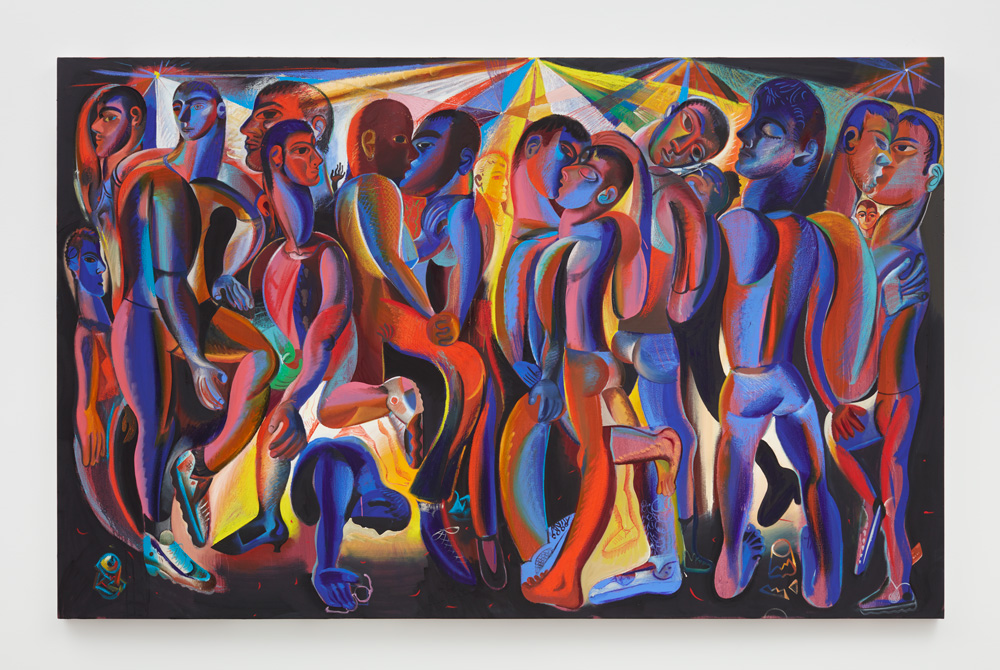
Nucleo Storico
As we can imagine, the “Nucleo Storico” part of the Venice Biennale 2024 exhibition will focus on an older artistic production within the concept of “strange”. It gathers works from 20th century Latin America, Africa, the Middle East and Asia, aiming to shed light on the largely unfamiliar modernism of the Global South. The multimedia works, spanning the years of 1905 and 1990, inhabit three different rooms inside the Central pavilion.
“Portraits” is the first room. Here, we will see works by 112 artists. In them, the human figure – mostly non-white – has been explored in countless different ways.
“Abstractions”, the next room, features works by 27 Global South artists. A key reference here is the extraordinary Casablanca School of painters from Morocco, some of which come to the Biennale for the first time. To those unfamiliar with the Abstract art movement outside of Europe and the US, it will show a different kind of tradition – one with more organic, curvilinear shapes and forms, bright and vivid colors, in striking compositions.
The worldwide Italian artistic diaspora of the past century occupies the third and last room of “Nucleo Storico”. Inside Lina Bo Bardi’s glass easel display system, you can find works of some 40 first and second generations Italians who lived and worked outside of Italy.
In addition to the three rooms, curator Pedrosa underlines two elements that have “emerged rather organically in the research” and will appear as leitmotifs throughout the exhibition. The first is textiles, appearing in both Nuclei, showcasing exquisite craft, techniques and traditions, many foreign to the larger field of arts. The other is artists related by blood, and “the transmission of knowledge and practices from father or mother to son or daughter, or among siblings and relatives”, especially among indigenous artists.
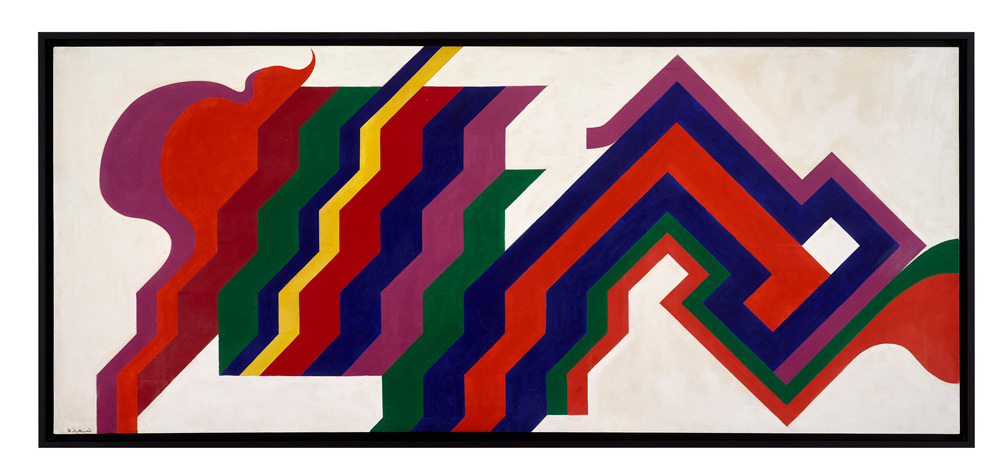
The National Pavilions
What a journey so far, and I haven’t event talked about the national pavilions yet! Such are the wonders of the Venice Biennale.
There will be 88 national participations in the historic Pavilions at the Giardini, at the Arsenale, and in the city centre of Venice. Four countries will be participating for the first time at the Biennale Arte: Republic of Benin, Ethiopia, United Republic of Tanzania, Democratic Republic of Timor Leste. Nicaragua, Republic of Panama and Senegal will also participate for the first time with their own pavilion.
Based on what I’ve read so far in the previews, one of the pavilions to look forward to is that of The Holy See. Inside the women’s prison in Venice at the Giudecca island this year, the exhibition entitled “With my eyes” will also include work by one Maurizio Cattelan, among others, who once famously created a life-size sculpture of The Pope being hit by a meteor. So it will certainly be fun to see what he comes up with inside the Vatican’s own space, and especially with Pope Francis himself visiting the Venice Biennale in April! Another artist from the pavilion is Corita Kent, also known as Sister Mary Corita, a nun turned Pop artist, educator and activist.
I am also curious about Archie Moore, representing Australia this year under the curation of Ellie Buttrose. The artist aims to transform the exhibition space into an examination of the impact of colonization and incarceration on the country’s First Peoples and a celebration of their resilience.
Another exciting one is Nigeria, who is only showing at the Venice Biennale for the second time in history. We will be able to see works by Tunji Adeniyi-Jones, Ndidi Dike, Onyeka Igwe, Toyin Ojih Odutola, Abraham Oghobase, Precious Okoyomon, Yinka Shonibare and Fatimah Tuggar, delving into the country’s history, as well as current issues.
Other notable pavilions include the United States with the works by Jeffrey Gibson; Germany with Yael Bartana and Ersan Mondtag, San Marino with Eddie Martinez; the UK with John Akomfrah; and United Arab Emirates with Manal AlDowayan.
Biennale Arte 2024
Giardini and Arsenale
20 April – 24 November 2024
Pre-opening:17, 18 and 19 April
Awards ceremony and inauguration: 20 April
You can buy your tickets here


